The Underlying Challenge of Obesity: A US Healthcare Crisis Report
VerifiedAdded on 2022/10/05
|13
|1080
|173
Report
AI Summary
This report addresses the escalating obesity problem in the United States, highlighting its detrimental effects on the nation's health and economy. The study reveals a significant increase in obesity rates among adults, linking it to severe health conditions such as type 2 diabetes, hypertension, cancer, and heart disease. The report details the specific problems associated with obesity, including its impact on productivity, healthcare costs, and overall quality of life. Findings indicate that obesity contributes to various health complications, including GERD, liver disease, and even Alzheimer's disease, with unexpected consequences such as infertility and suicide risk. The report emphasizes the need for community development programs, dietary education, and weight reduction strategies. It also suggests the consideration of obesity pharmacotherapy and lifestyle changes for effective management. The report concludes by stressing the importance of government and healthcare provider initiatives in curbing the adverse effects of obesity, with a focus on educating the society about personal efforts in obesity management.
1 out of 13
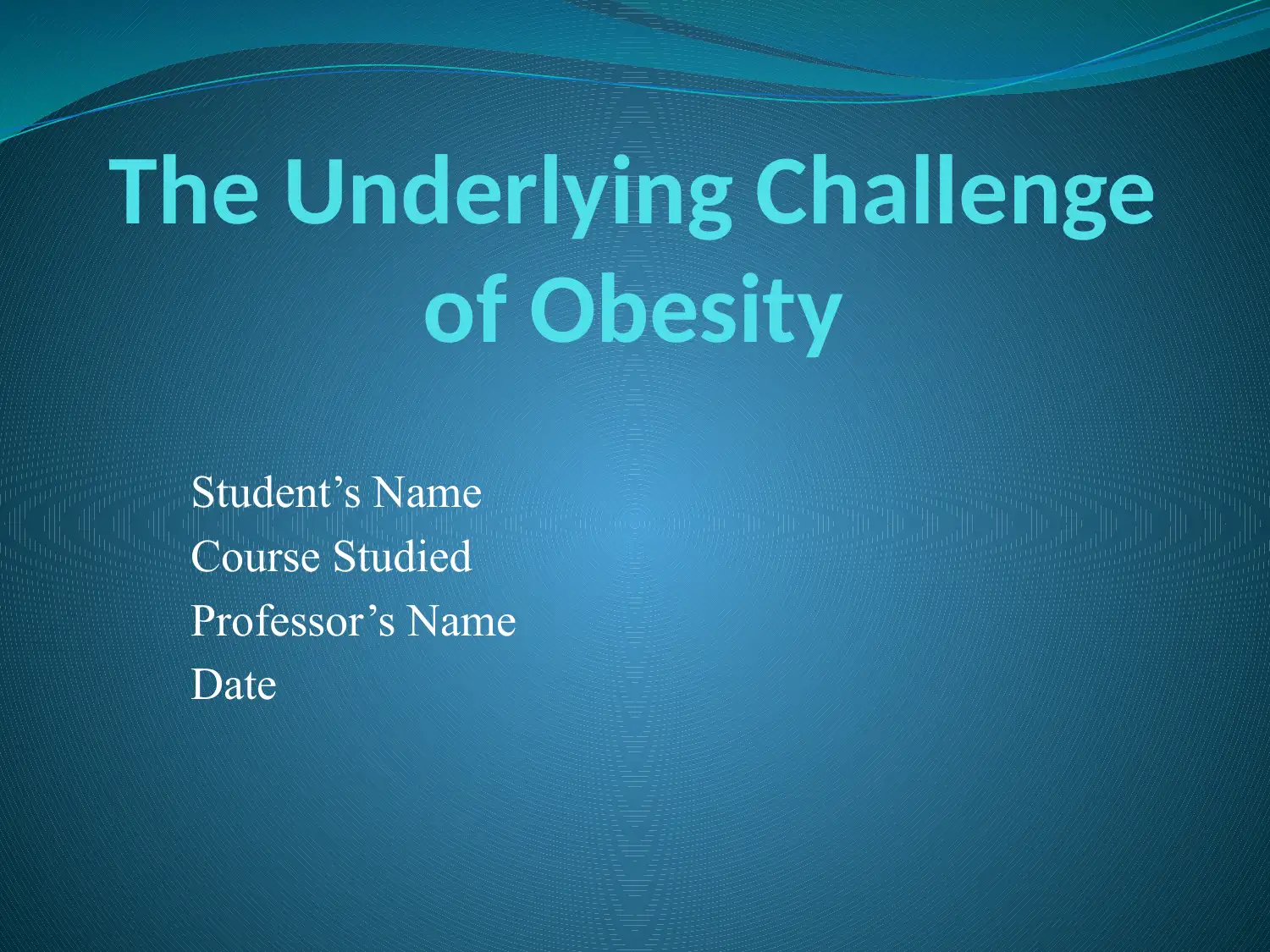
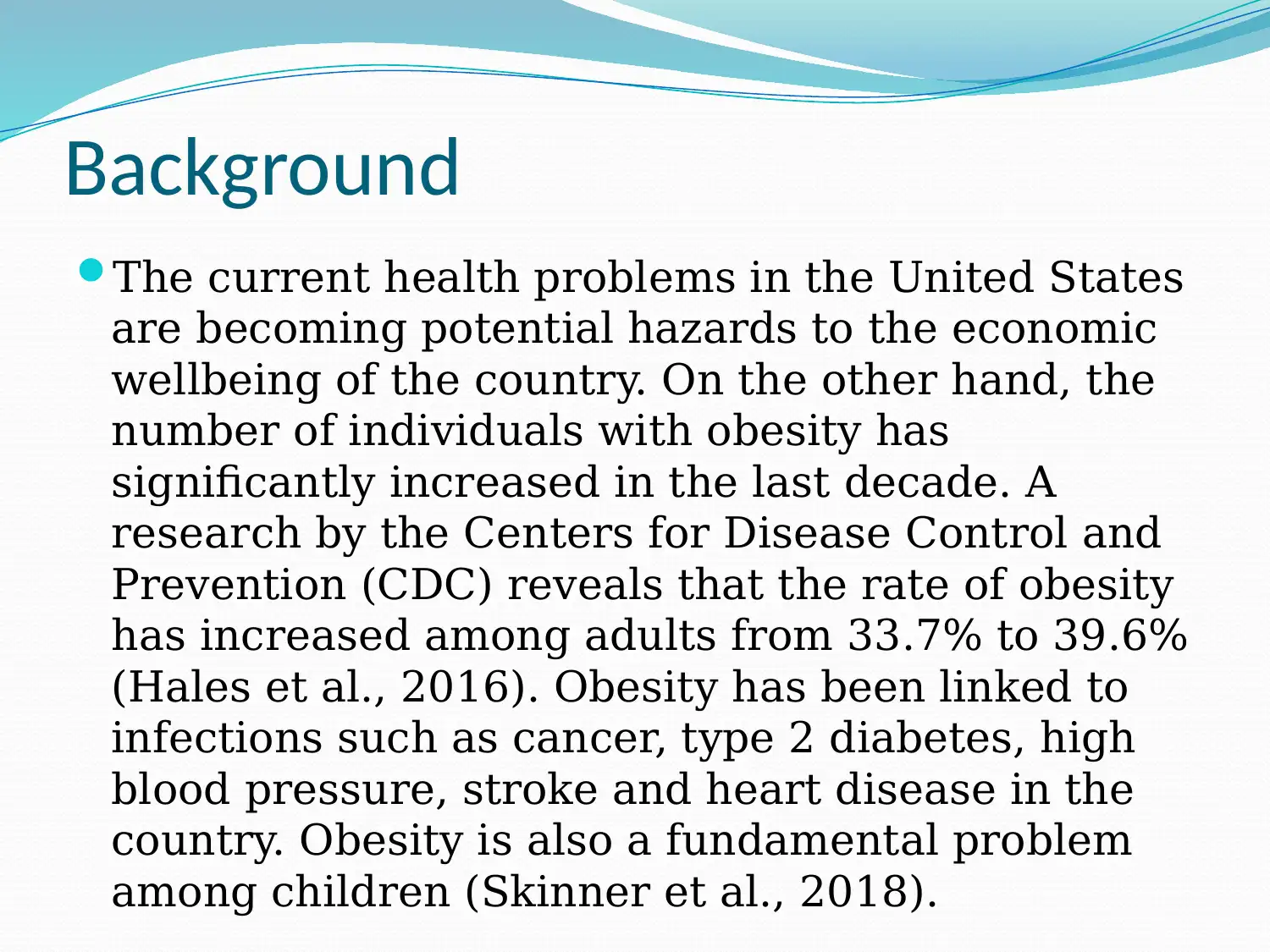
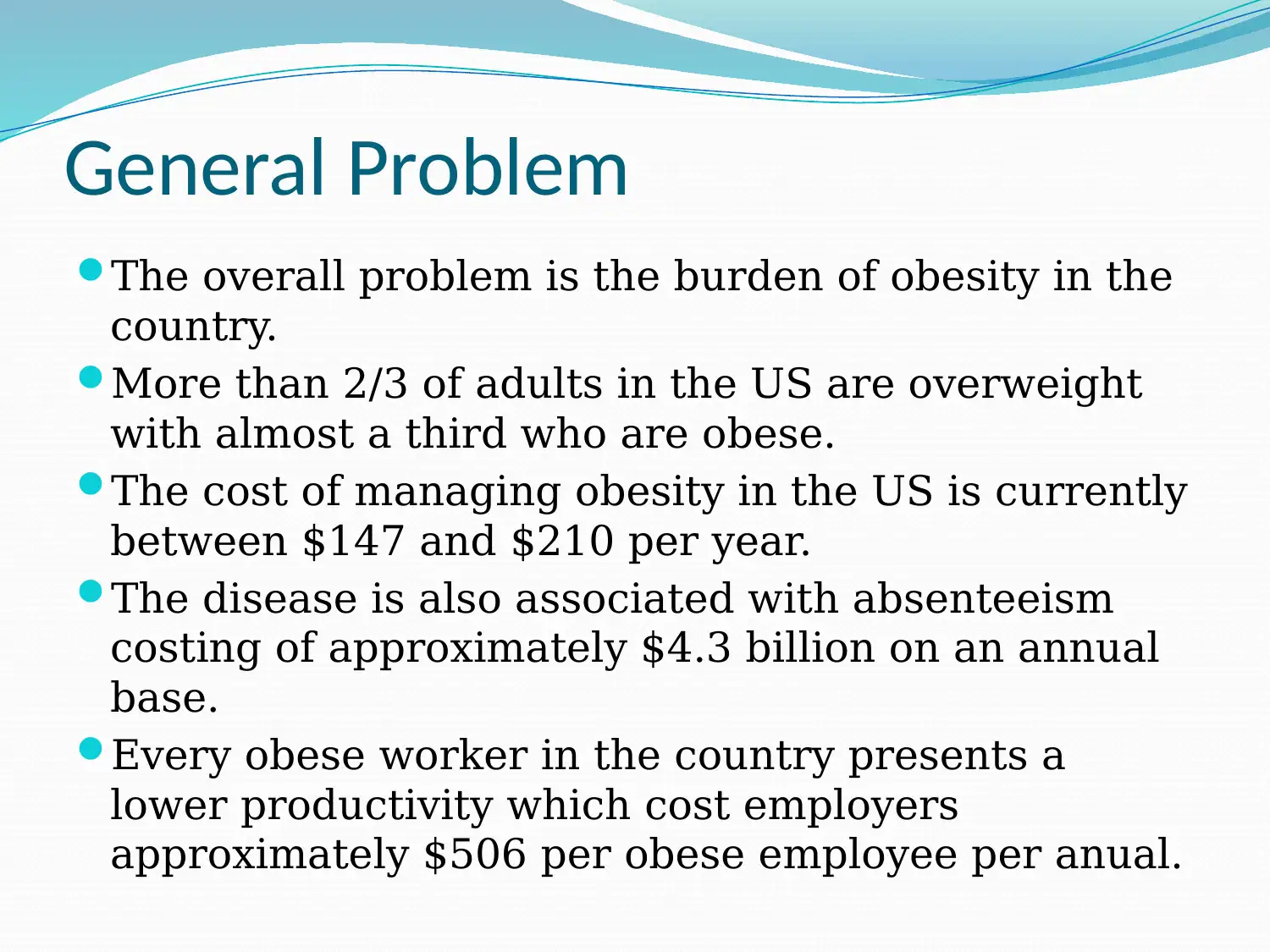

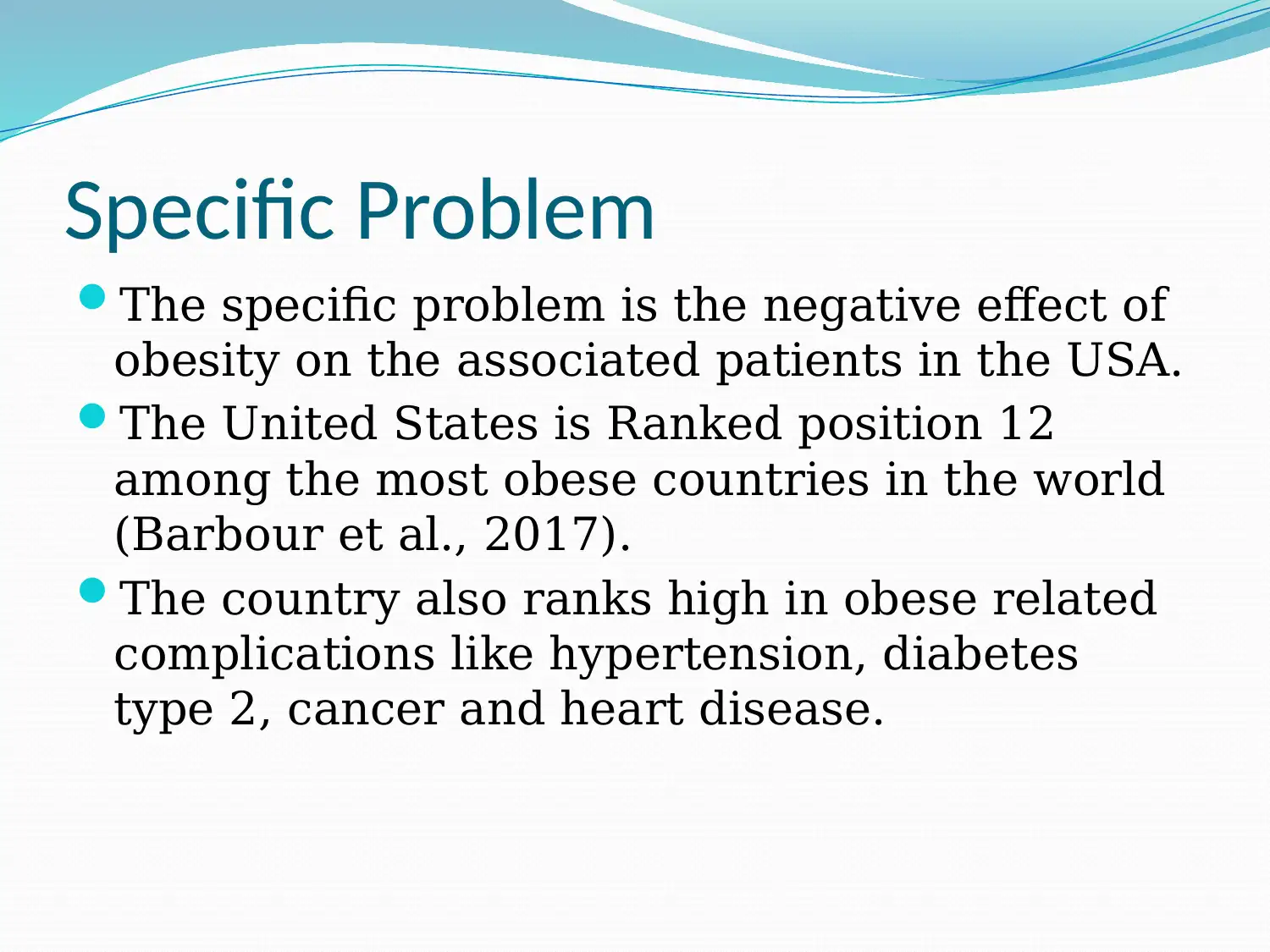

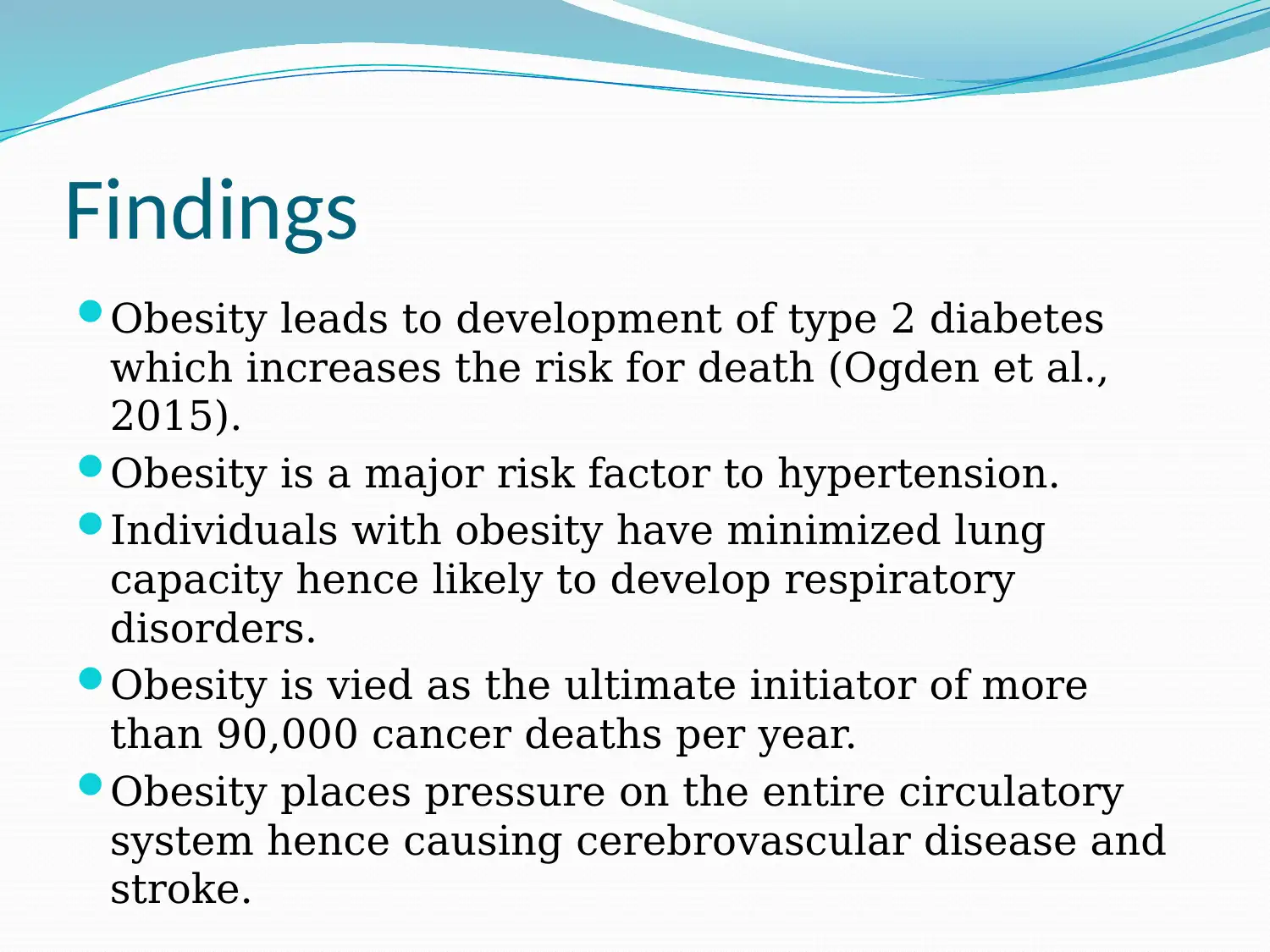
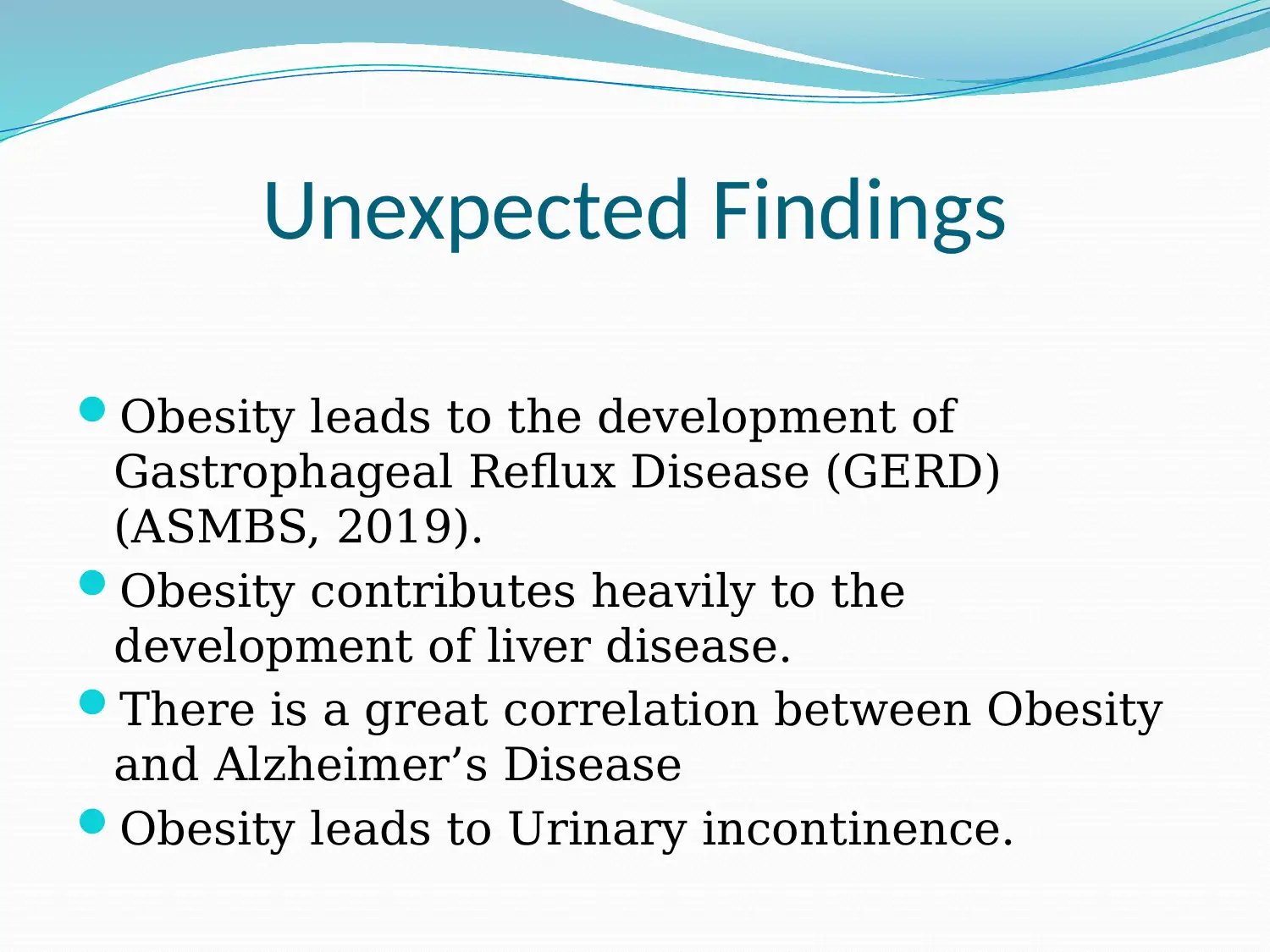
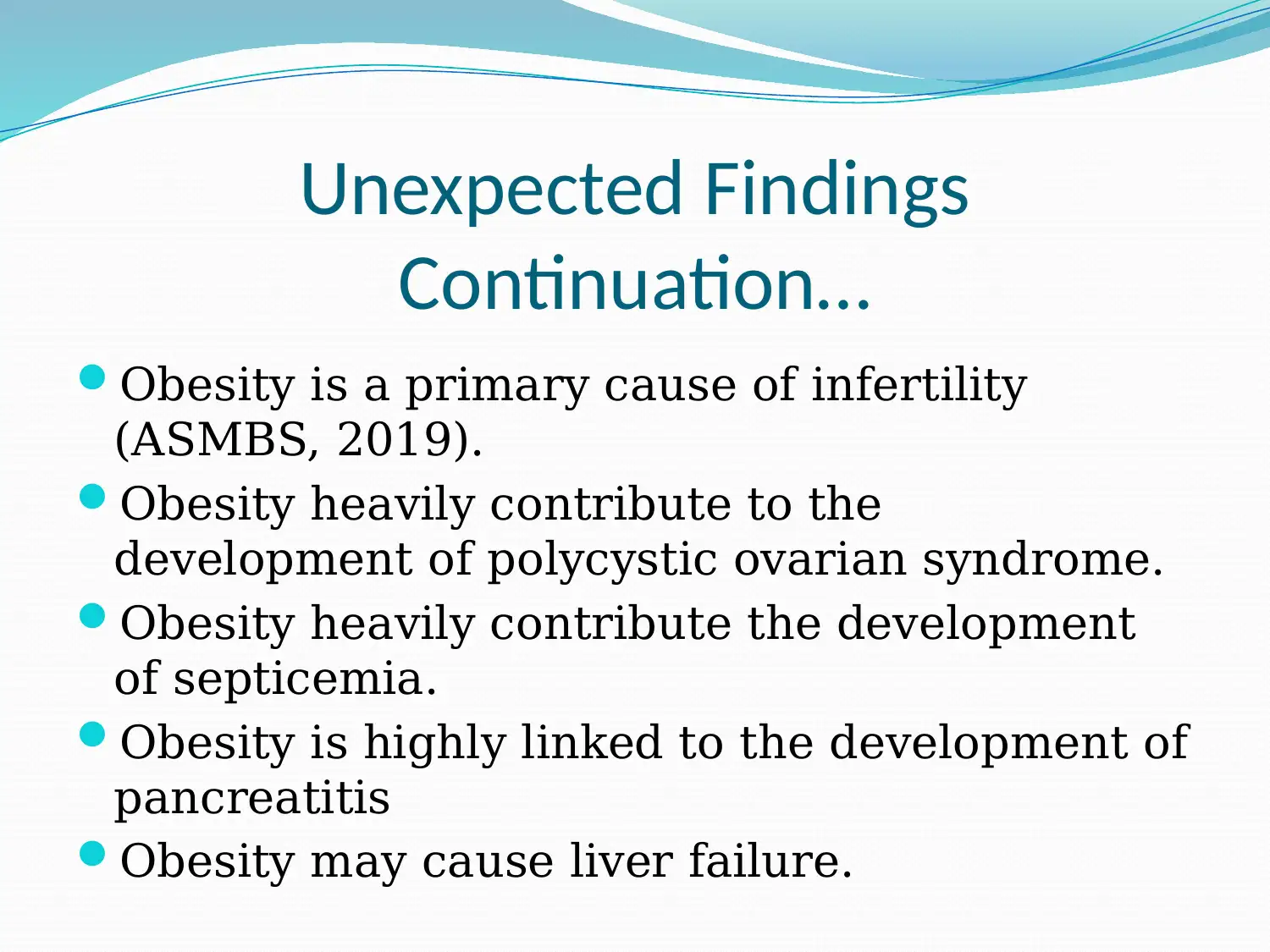


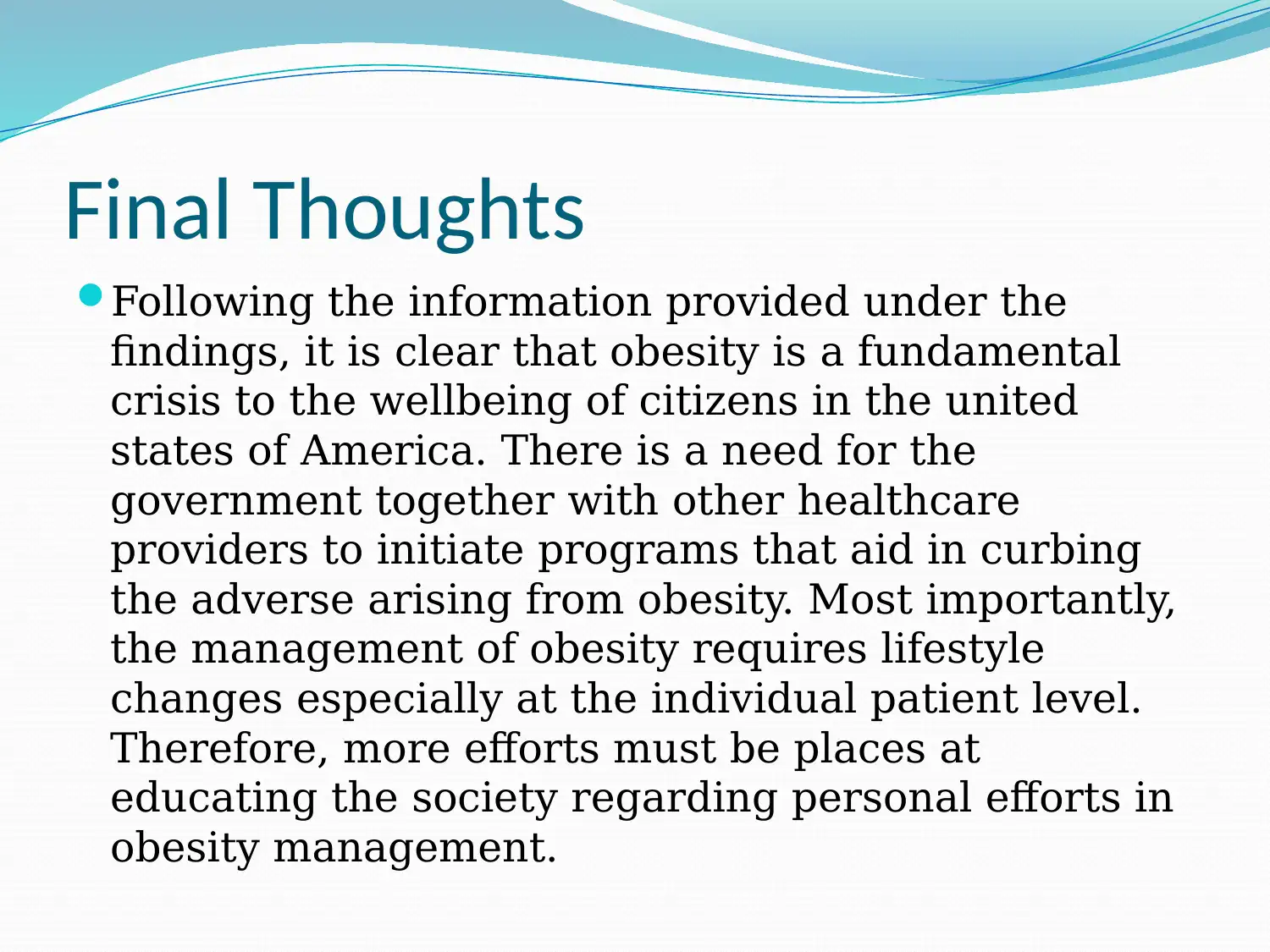
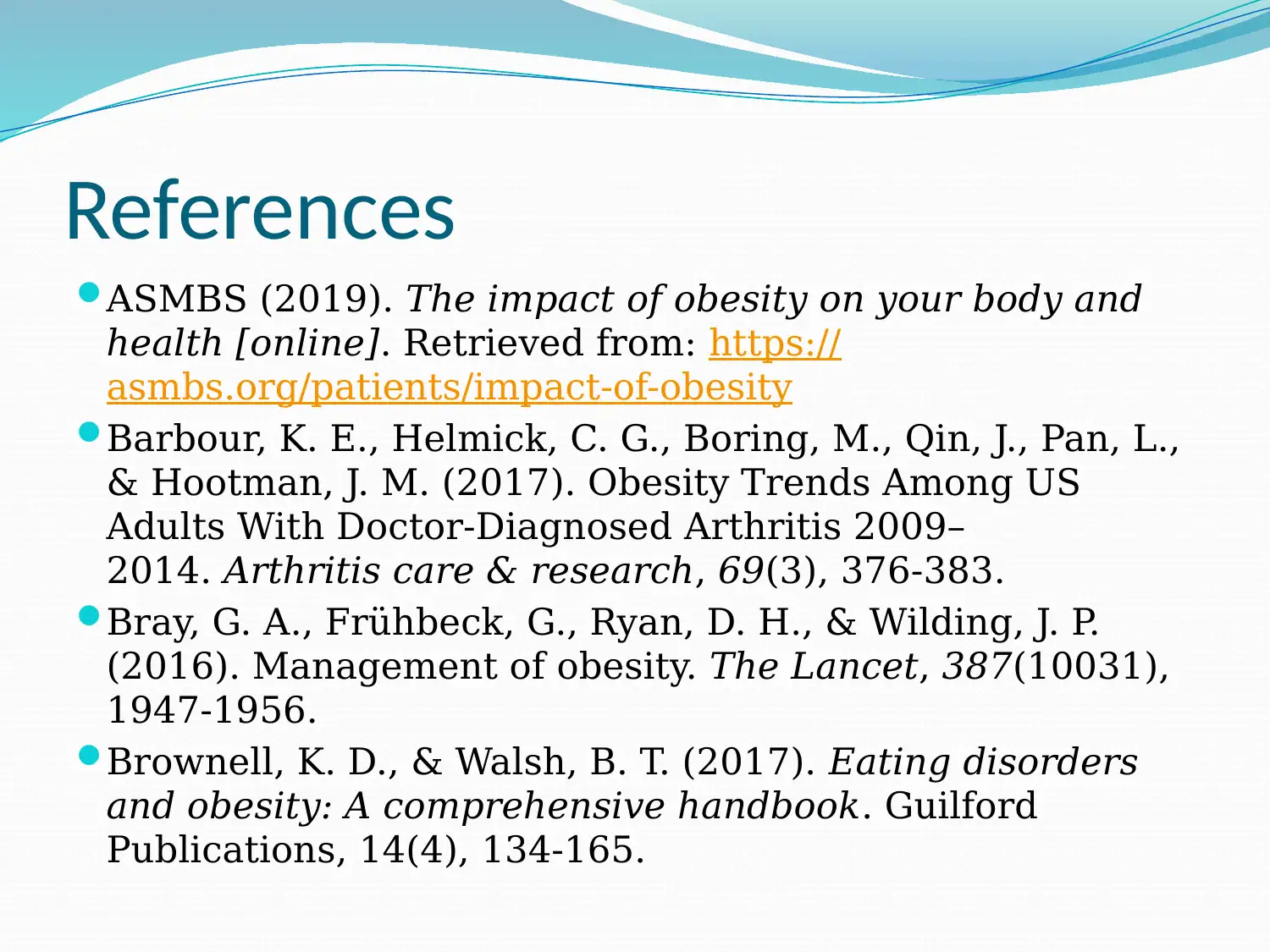






![[object Object]](/_next/static/media/star-bottom.7253800d.svg)